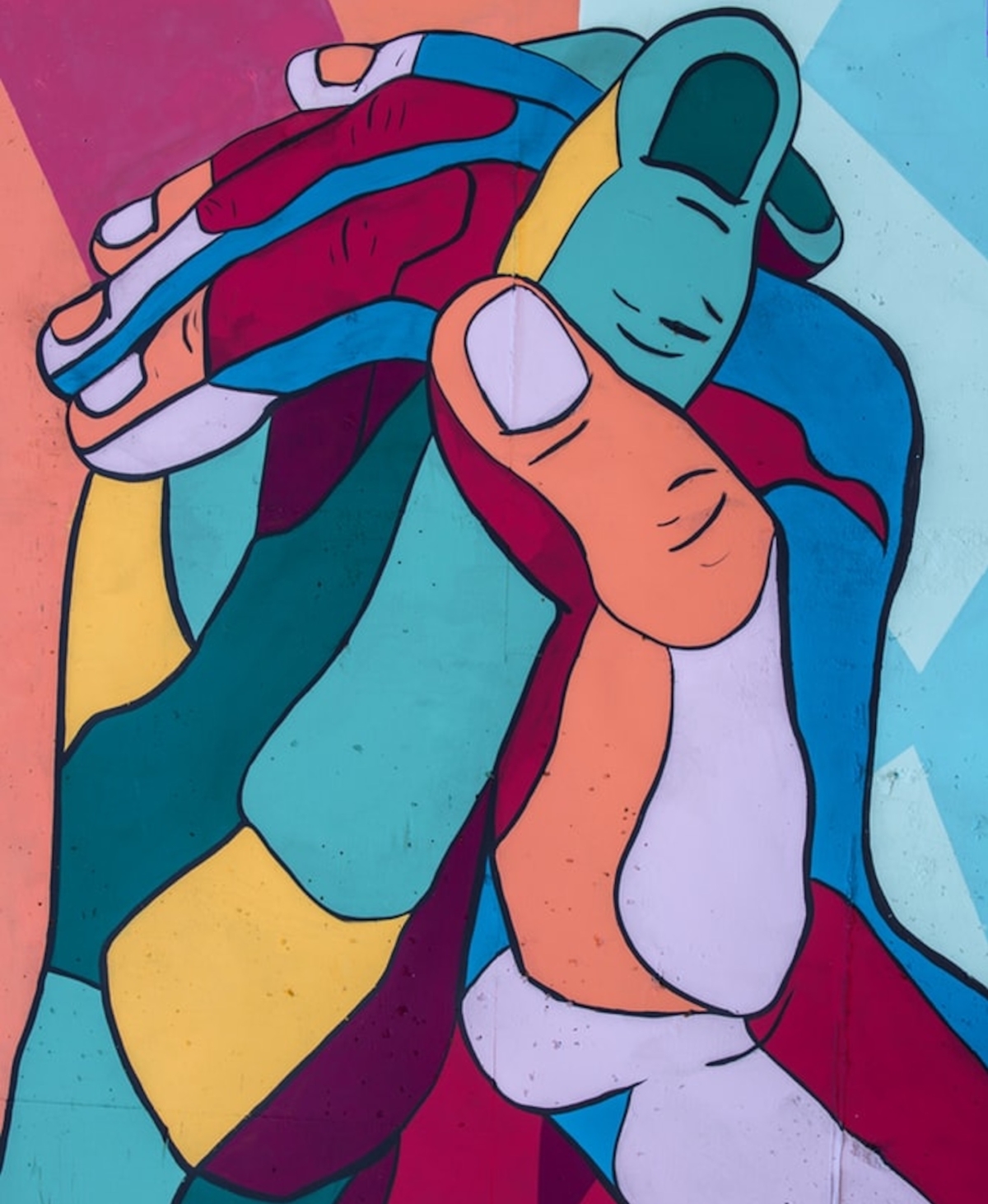News and Media

Catholics Acknowledging Australia’s First Peoples By Craig Arthur
The practice of inclusion forms an important part of rebuilding the relationships with Aboriginal and Torres Strait Islander people and non-Indigenous Australians. The erection of a plaque or sign that acknowledges Australia’s First peoples in a prominent position at the Church or in your organisation is a symbol of welcome for Aboriginal and Torres Strait Islander people and an acknowledgment that there is an understanding of Australia’s past.
The National Aboriginal and Torres Strait Islander Catholic Council (NATSICC) worked for over three years to create an Acknowledgment Plaque that was suitable for use across Australia. The result was the first ever plaque that has been endorsed by the Australian Catholic Bishops Conference for use in Catholic parishes, schools and organisations.
The process of creating the plaque was complex in that it needed to meet the needs of First Nation’ s Catholics by incorporating Traditional symbolism without limiting the style to any particular region. The design had to be bold and fit with the sensibilities of the locations that would choose to install the Acknowledgement.
The wording on the plaque is purposely inclusive and uses the term ‘Custodians’ to conv ey the message that, in Aboriginal and Torres Strait Islander culture, nobody owns the land – w e are custodians that are charged with its c are that results in a deep spiritual connection.
Professor Mick Dodson explains this relationship when he says, “For us, Country is a word for all the values, places, resources, stories and cultural obligations associated with that area and its features. It describes the entirety of our ancestral domains.” This concept is different from the ‘Western’ concept of ownership and NATSICC felt it was important that the distinction w as made clear to any group considering a plaque.
The main logo on the plaque was designed by the Murri Ministry (Brisbane, Queensland) to depict black and white coming together and growing in faith and respect for one another.
Working from the centre of the piece outwards, the artwork depicts the following:
• The Cross and the Aboriginal and Torres Strait Islander flags are at the centre – representing faith and culture forming the basis for the lives of First Nations people. The dots upon which the flagsand cross are placed represent the land, which for us is the centre of our being and our dreaming.
• Surrounding the cross and flags is a strip of colour that uses the Earth colours – Red and Ochre – and includes the dots that are synonymous with Traditional artwork. The diagonal lines are symbolic of the crosshatch artwork of the Northern Language groups of Australia.
• The trees that surround the Aboriginal and Torres Strait Islander flags and the Cross are a reminder of Pope John Paul II’s words, “Like that tree you have endured the flames, and ou still have the power to be reborn”. The roots depict the importance of strong cultural and family ties.
• Lastly, the black and white figures symbolise people coming together in God and unity, growing in faith and respect for one another. Aboriginal and Torres Strait Islander artwork has, for thousands of years, used symbolism to display deep and complex concepts that are interpreted through the lens of culture and spirituality learned from Elders.
The plaque artwork uses colour as a simplified point of difference to symbolise all of the diversity and gifts of humankind. The plaques have been available for 18 months and there are now over 400 being proudly displayed across Australia. NATSICC runs the Partners in Faith Program as an adjunct to the plaques. This program lists each of the parishes, schools and organisations that have erected a plaque on a dedicated list. Each becomes a Partner in Faith. This list is displayed at http://www.natsicc.org.au/acknowledgment-plaques.html#pif.
Many schools are now incorporating Liturgies and presentations from local Elders when displaying their plaques. Catholic Education Offices i Wollongong, Rockhampton and Sydney (Eastern Region) have organised custom plaques with their own logos for every school in their Dioceses. NATSICC feels very proud that the goodwill and respect from Catholic Organisations is now manifesting itself not only in the display of Acknowledgements, but also the incorporation of education around Traditional Custodians, the engagement of local communities and a focus on acts of practical reconciliation.

Craig is the National Administrator of the National Aboriginal and Torres Strait Islander Catholic Council (NATSICC), based in Adelaide. He has a strong commitment to social justice and places emphasis on the Principle of Subsidiarity in the design and delivery of council programs and projects. He has worked with Aboriginal and Torres Strait Islander people for 20 years and continues to support Australia’s First Peoples in their journey to be a valued and supported group within the Catholic Church in Australia.

